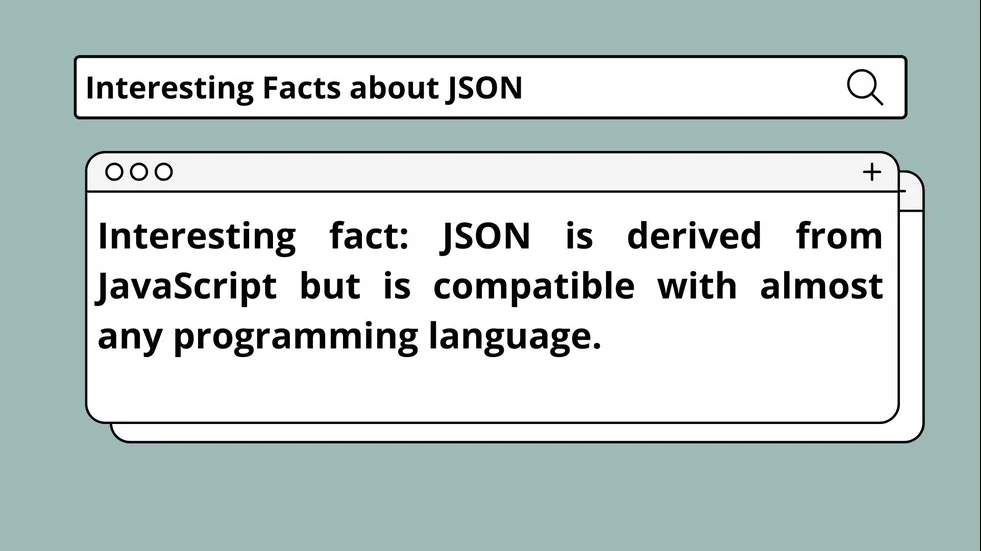Common Use Cases for JSON
Structure your data with JSON

In this blog we will look into
API responses with JSON
JSON, or JavaScript Object Notation, has become an indispensable format in web development and API design. Its lightweight structure and easy readability make it the go-to choice for many developers when it comes to data exchange. One of the most common use cases for JSON is in API responses. When a client makes a request to a server, the server often responds with data formatted in JSON, allowing for seamless integration and easy parsing by web applications.
Web applications using JSON
Moreover, modern web applications heavily rely on JSON for dynamic content loading. By utilizing JSON, developers can create interactive user experiences that fetch data asynchronously without requiring full page reloads. This not only enhances performance but also improves user engagement and satisfaction. As users can access information more swiftly and seamlessly. Additionally, JSON’s lightweight nature allows for easier parsing and faster data transfer over the network compared to traditional XML formats. This efficiency is especially crucial in today’s fast-paced digital landscape, where users expect instantaneous responses. Furthermore, the widespread adoption of RESTful APIs has cemented JSON as the standard format for exchanging data between servers and clients. Its compatibility with various programming languages enables developers to work across different platforms effortlessly. As a result, businesses can build robust applications that are not only functional but also adaptable to evolving user needs. Incorporating JSON into web development strategies will ultimately lead to better scalability and maintainability of applications. By leveraging its advantages, organizations can stay ahead of competitors who may still be relying on outdated methods for data handling. Embracing modern practices like this is not just beneficial—it’s essential for success in an increasingly competitive environment where user experience is paramount.
Lightweight data format
Another critical aspect of JSON is its role in server-client communication. It acts as a bridge between different systems, enabling them to communicate effectively regardless of their underlying architecture. Whether you’re building RESTful APIs or integrating third-party services, JSON simplifies data interchange and ensures consistency across platforms. This simplicity is especially beneficial in today’s diverse technological landscape, where applications often need to interact with various services and databases. By using JSON, developers can avoid the complexities associated with XML or other data formats that are more verbose and less intuitive. The lightweight nature of JSON not only enhances performance but also reduces the bandwidth required for data transfer, making it an ideal choice for mobile applications and web services. Moreover, JSON’s flexibility allows for easy adaptation to changes in data structure without breaking existing functionalities. This adaptability is crucial as projects evolve over time; developers can modify their APIs or services without extensive rewrites or compatibility issues. As a result, teams can focus on innovation rather than being bogged down by technical constraints. In addition to its effectiveness in facilitating communication between systems, JSON has become a staple format due to its broad support across programming languages and frameworks. Libraries capable of parsing and generating JSON are available almost universally, ensuring that developers can implement it seamlessly regardless of their chosen technology stack. Ultimately, adopting JSON as a standard for data interchange not only streamlines development processes but also fosters collaboration between disparate systems—an essential requirement in our increasingly interconnected digital world. Thus, embracing this format is not merely a technical decision; it’s a strategic move towards achieving greater efficiency and scalability in application development.